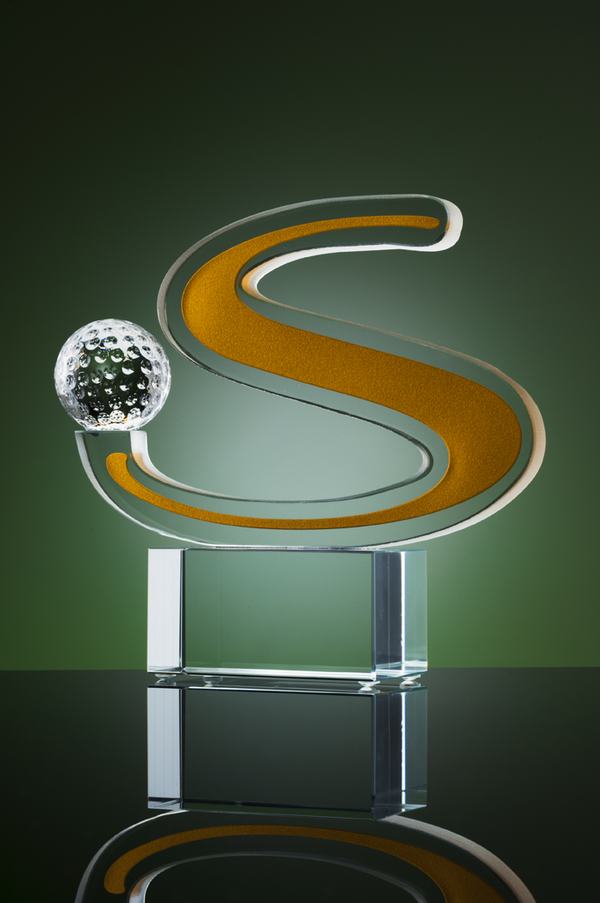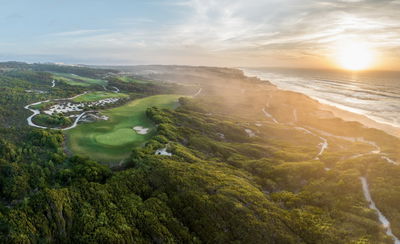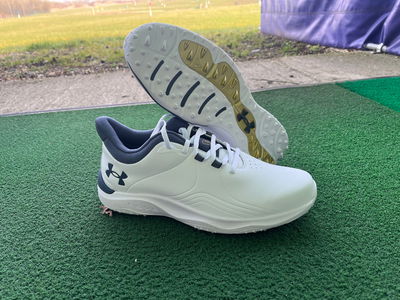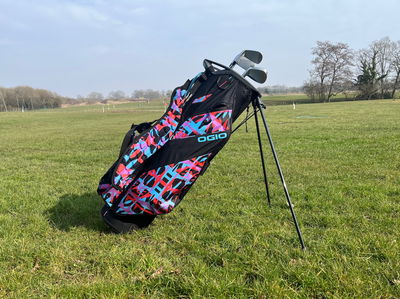Discuss: Are fairway woods going too far?
Woodland and McGinley certainly think so...
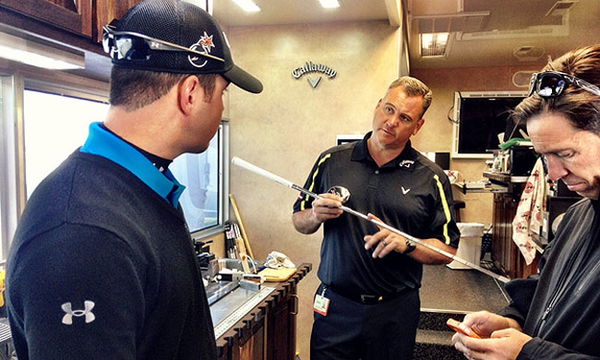
Ever been forced to adjust your equipment because you’re hitting it too far?
Me neither. Although, that’s probably because we don’t hit a fairway wood 294 yards into the wind, just as new Callaway staff player Gary Woodland did during the recent Sony Open.
Callaway Golf’s Tour manager Dean Tekyl has seen numerous staff players ask for tweaks to clubs in order to boost yardage, but very rarely has he been asked to dial things back. Welcome to 2013.
Woodland, winner of the 2011 Transitions Championship, explained to his rep that his 17-degree X Hot Pro wood (bent to 15-degrees) was far too long for his liking. The pair discussed options before replacing his Graphite Design prototype shaft with an X-100 steel shaft.
“It was all Gary’s idea,” Tekyl tells the PGA Tour. “Heavier is better for him. If he swings it, I think he can be more aggressive with it.
“The new club is a heavier swing weight and heavier overall. The dispersion is tighter and he swings down on it more like an iron. He loves the new setup and it went straight in the bag this week.”
But Woodland isn’t the only taking one step back to move two forward when it comes to fairway woods.
Even new European Ryder Cup captain Paul McGinley – not exactly renowned for his length - revealed something similar to us during a recent testing session with his new TaylorMade RBZ Stage 2 fairway.
During the testing at the Paul McGinley Golf Academy in Portugal, the Irishman explained how he’s been forced to bend a 3-wood into a 4-wood and trim an inch of the shaft because of the dramatic distance gains associated with TaylorMade’s innovative Speed Pocket design.
Ensuring he has a club that gaps to his desired 235 yards, the distance gains of the RBZ Stage 2 is a tremendous asset for him since the additional loft of a 4-wood provides him with a much softer landing trajectory when going for a par-5 in two.
“The RBZ Stage 2 fairway makes a much bigger difference to us average hitters than it does to the bigger hitters, who are pretty much always going in with an iron to a par-5,” says McGinley.
Finding the proper yardage slot is a main theme among Tour pros today when it comes to fairway woods. For many, the 3-wood goes too far. It is not uncommon for the average Tour player to hit their driver about 290 and close to 270 with the 3-wood - that leaves a huge gap between the 3-wood and the next club in the bag (usually a 3-iron or 3-hybrid). The 4-wood goes about 20 yards less and often is a much better fit.
Distance gaps, as well as versatility, are the reasons everyday players should consider a 4-wood. According to Marty Jertson, senior design engineer for PING, he began creating 4-woods about five years ago after witnessing everyday players struggle hitting 3-wood off the ground.
“The ball just spins so much less off a 3-wood than a 4-wood,” says Jertson. “We also saw more golfers hitting down on a 3-wood but having more of a sweeping motion with a 4-wood. The extra loft just seems to provide confidence.”
Another reason to consider a 4-wood has to do with options at the other end of the set. By taking the 3- and 5-wood out of the bag in favour of a 4-wood, it provides the opportunity to add another wedge that could save some strokes around the green.
What fairway wood(s) do you currently have in the bag and why? Share your thoughts in the forum below, or tweet us @Golfmagic.
